A brief introduction to the flavor description of Yejia Coffee Cochel G2 coffee and G1 coffee
Professional coffee knowledge exchange more coffee bean information please follow the coffee workshop (Wechat official account cafe_style)
[Cochell producing area]
Kochere, located on a plateau between 1650 m and 1800 m above sea level
Ethiopia's main picking season is November and December, and most farmers do not use modern farming methods, use artificial care of coffee trees, and do not use harmful pesticides or herbicides. As a result, almost all coffee in Ethiopia is the default organic coffee, whether certified or not, the combination of original growth methods and precision processing makes the region's coffee world-famous. Neko farmer said: this time because there is no time to prepare, but the next harvest will be ready to certify RFA organic certification.
The washed coffee costs more resources (water) than the sun, so the quality of the washed coffee is higher. Put the coffee beans on the drying table to spread out for drying, can carry out good ventilation, and in order to avoid excessive fermentation, they will turn the coffee beans regularly.
Water washing has a brighter acidity than the sun processing method, which gives Yirgacheffe a "clean" taste. We like washed Yirgacheffe because it is clearer.
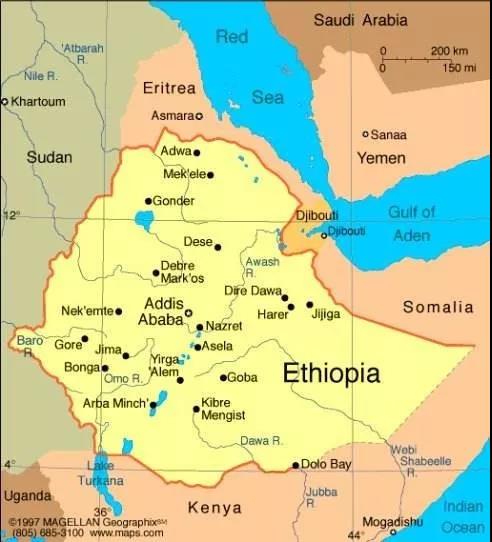
[producing area information]
Ethiopia Yega Xuefei Kochel
Grade division: G1
Variety: Heirloom
Planting height: 1650 m-1800 m
Treatment: washing
Flavor characteristics:
Fruity (fruity), Fresh Jasmine Aroma (fresh jasmine), Berries (berry), Citric Acidic (citric acid), Pineapple (pineapple), Apple (apple) Smooth (smooth), Clean (clear), Long Aftertaste (long finish)
We know that Essel's coffee is divided according to the defect rate of coffee beans. So what's the difference between beans of different grades? Will there be a big difference in the flavor of different grades of beans?
Qianjie Coffee is going to share with you today what's the difference between the G1 and G2 of Yega.
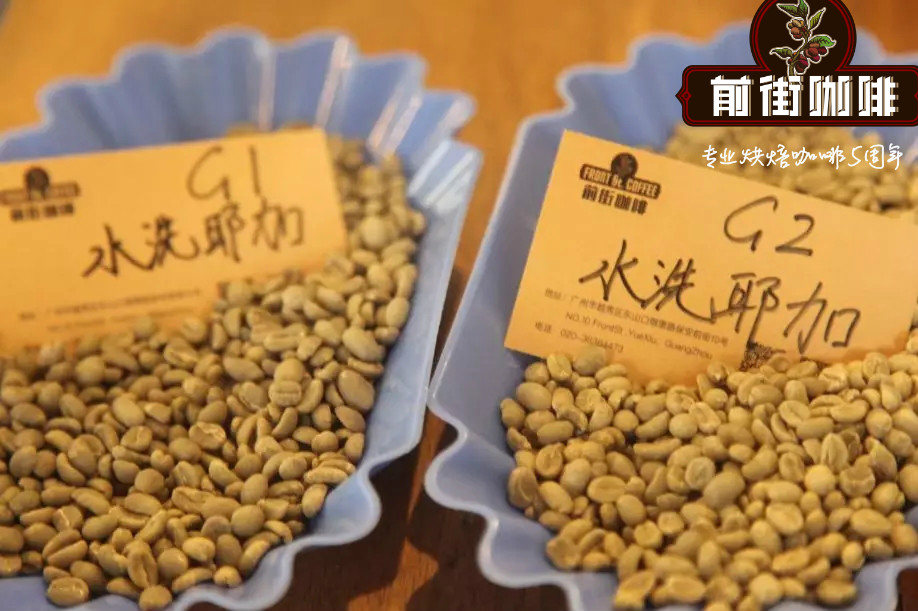
| | rating |
Let's first take a look at the specific grading of Ethiopian coffee stipulated by EXC. The grade was determined by the combination of physical attribute characteristics and cup flavor characteristics developed by ECX.
The specific grading and scoring criteria of ECX are as follows:
A. Score definition of washing treatment method
1. Physical characteristics account for 40%: number of defects (20%), appearance size (10%), color (5%), smell (5%).
2. 60% of the cup quality: cleanliness (15%), acidity (15%), taste (15%), flavor characteristics (15%).
B. Score definition of solarization treatment
1. Physical characteristics account for 40%: number of defects (30%), odor (10%)
2. 60% of the cup quality: cleanliness (15%), acidity (15%), taste (15%), flavor characteristics (15%).
C. Overall summary:
1. According to the method of treatment, all coffee is classified as: sun exposure, water washing.
2. Each scored 9 grades of G1-G9 according to physical characteristics and cup test basic quality.
3. The G1-G3 was tested again according to the SCAA standard, and its flavor properties were evaluated in more detail, and the G1 and G2 with no less than 85 points were rated as Q1.
4. It is rated as Q2 for G1meng G2 G3 between 80 and 85, and G3 for all G1 Magi G2 G3 with scores below 80.
5. Q1 and Q2 are classified as Specialty Grade exports. G4-G9 kept the original grade unchanged and was classified as Commercial Grade export together with G3.
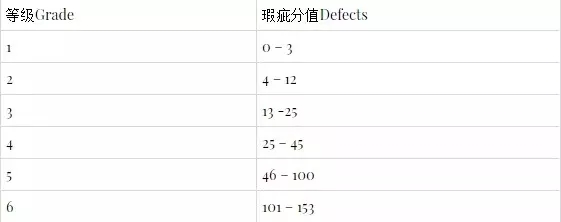
Washed beans Grade1 represents 3 defective beans per 300g raw beans, and Grade2 represents 4 defective beans per 300g.
| | Raw beans & baking |
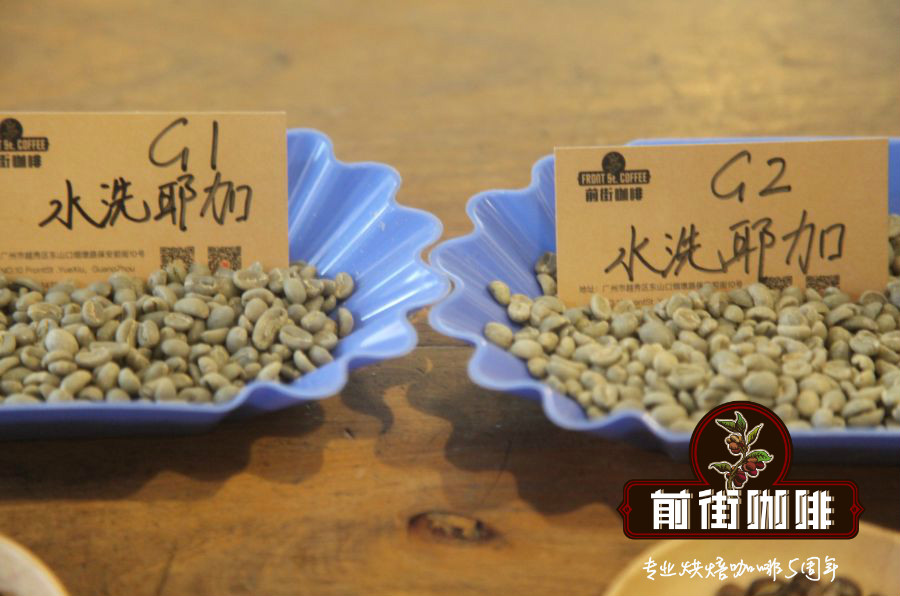
The two varieties of washed Yega coffee are native to the region, which is why the beans seem to be of different sizes. However, after careful observation and comparison, we can find that the raw beans washed by Yega G1 seem to be symmetrical and the defect rate is low, while the raw beans washed by Yega G2 look obviously uneven in size and high in defect rate.
[washing Yega G1]
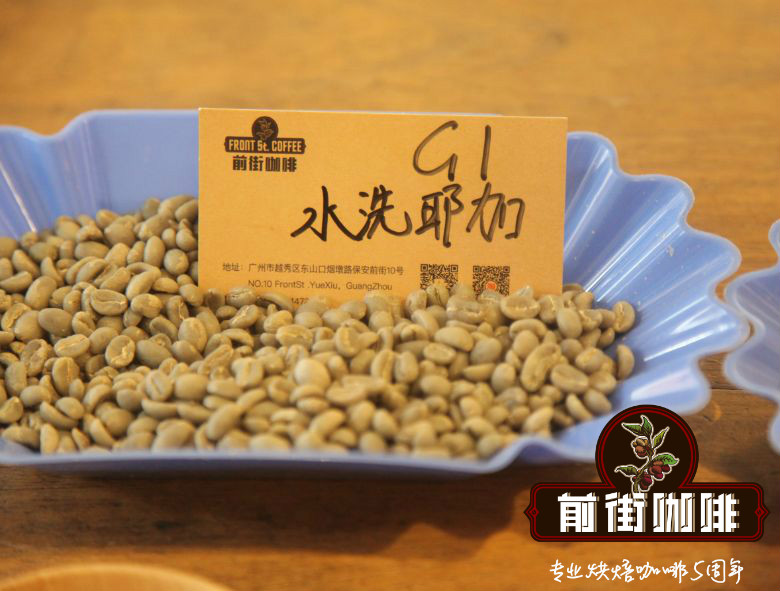
The temperature of the bean turns to 5:20, the temperature of the explosion starts at 8:25, the temperature is 185.4, the temperature of the explosion develops for 2 minutes, and the temperature is 193.5 degrees.
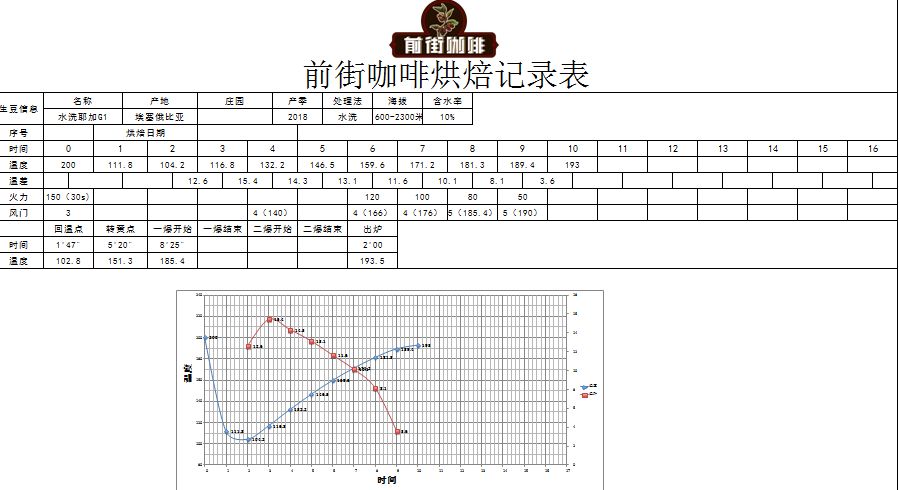
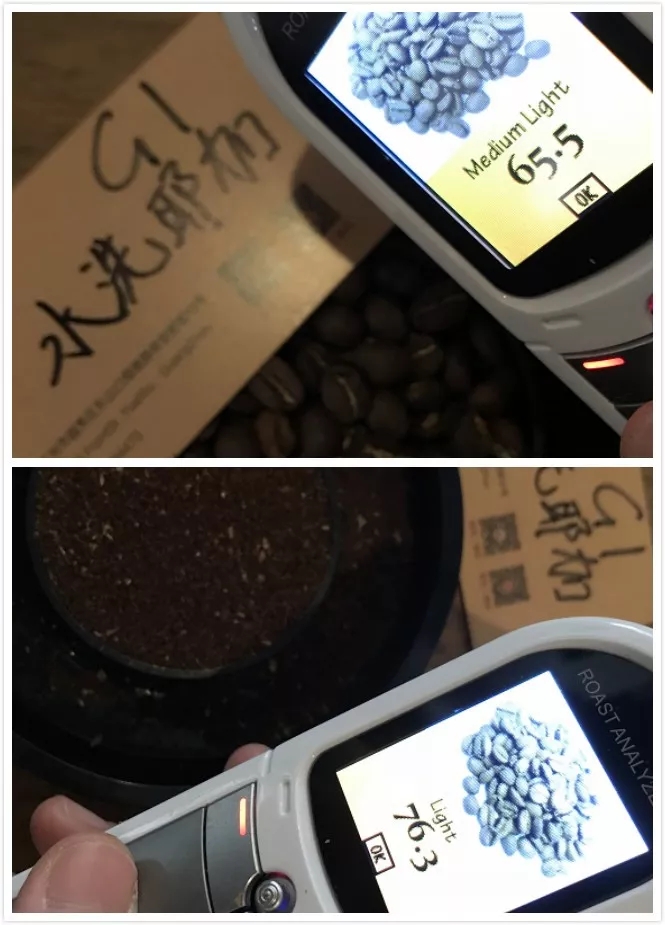
The Agrton bean color value is 65.5 (above), the Agrton pink value is 76.3 (bottom), and the Roast Delta value is 10.8.
[washing Yega G2]
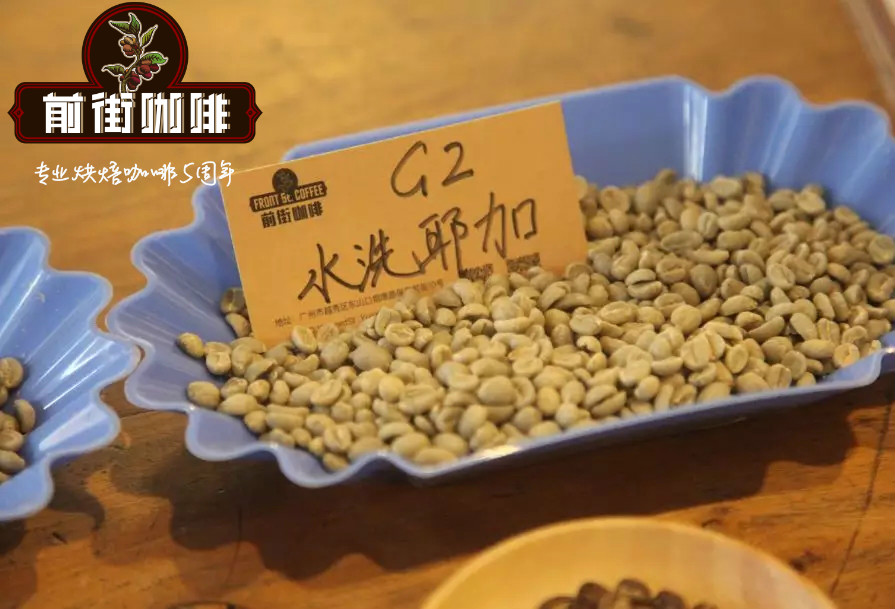
The temperature of the bean is 2000.The yellowing point is 5:35. The first explosion starts at 9:08. The temperature is 182.1.
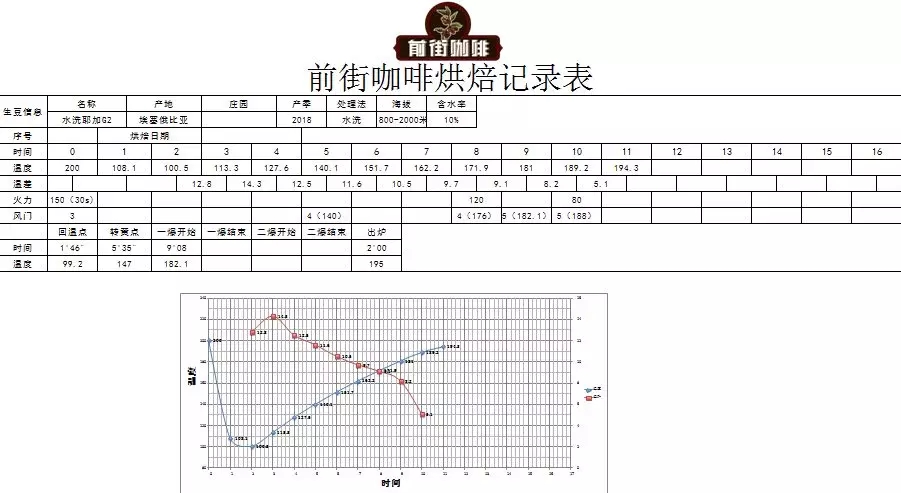
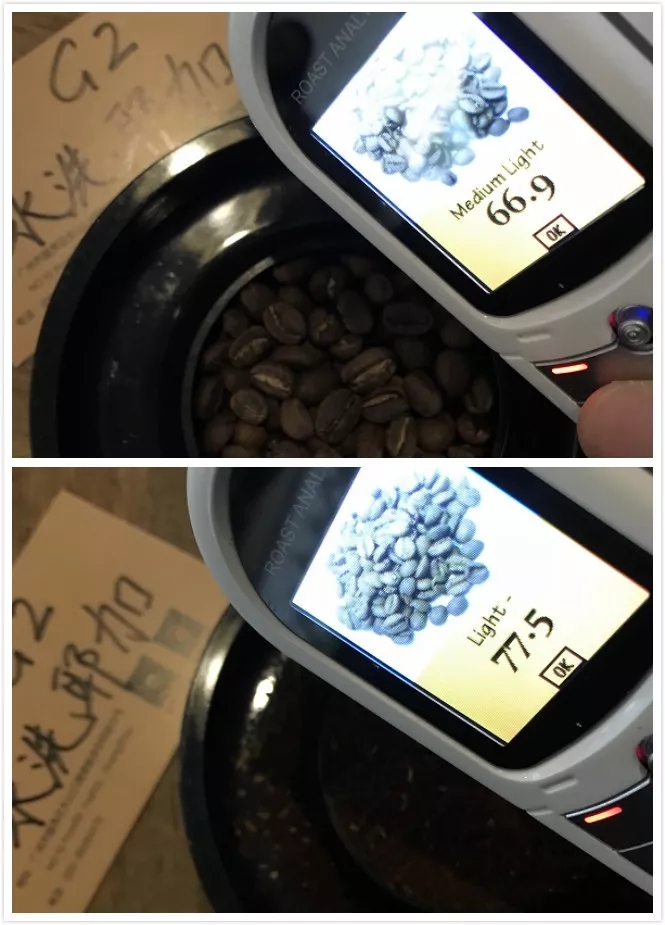
The Agrton bean color value is 66.9 (above), the Agrton pink value is 77.5 (bottom), and the Roast Delta value is 10.6.
| Flavor comparison
* Cup test

[washed Yega G1] Jasmine, ginger, lemon, grapefruit, plum, Tieguanyin
[washed Yega G2] Jasmine, lemon, citrus, tea
* hand punch
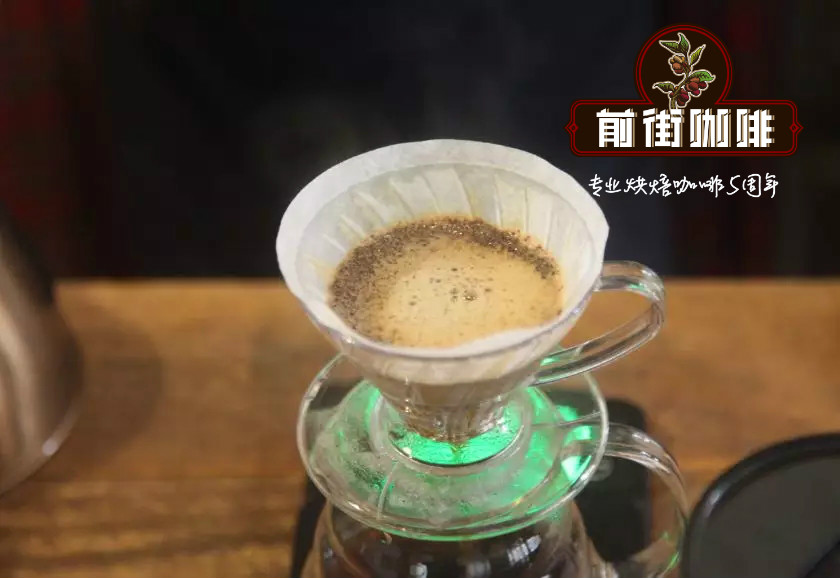
Parameters: water temperature 91 ℃, grinding degree BG 5R (Chinese standard 20 sieve pass rate 58%), powder / water ratio 1:15.
Technique: segmented extraction. 35 grams of water is steamed for 30 seconds, the small flow is quickly injected to 130 grams, and when the water level is about to expose the powder bed, continue to inject water to 225 grams, and remove the filter cup when the water level is about to expose the powder bed.

[washed Yega G1] it smells of jasmine, lemon and caramel, with soft citrus acidity and cream on the palate, lemon acidity in the middle, sucrose and oolong tea finish.
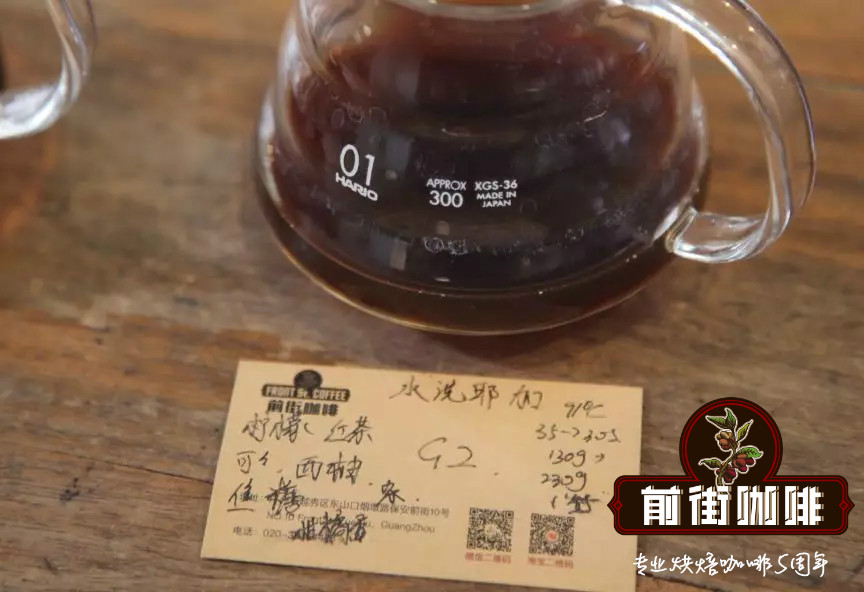
[washed Yega G2] it smells of jasmine and citrus acid, with lemon, grapefruit acid and black tea on the palate, with a hint of cocoa at the end and caramel.
| | Summary |
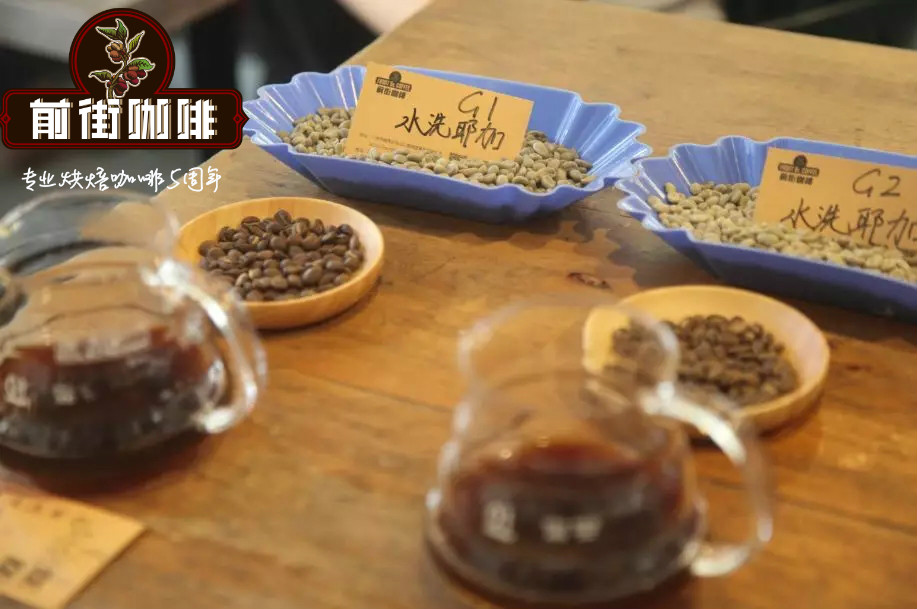
Compared with the two washed Yega, it is obvious from both raw and cooked beans that the particle size of [G1] is relatively symmetrical, while [G2] beans can be seen to be uneven and defective; in the process of baking, the aroma of [G1] can be obviously smelled, while that of [G2] is slightly inferior.
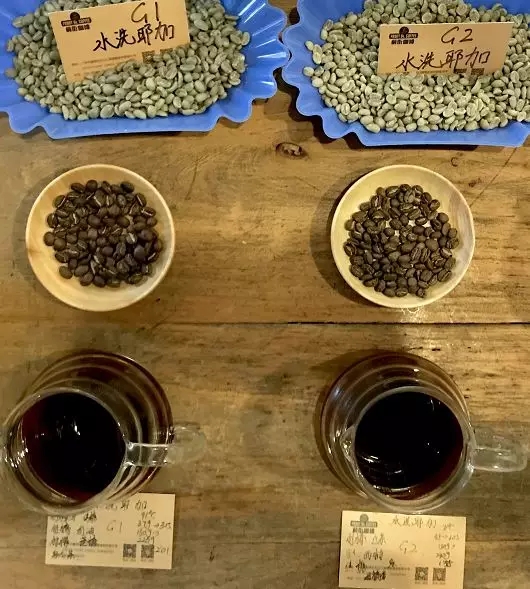
In terms of flavor, in fact, [G1] [G2] is relatively close, mainly lemon, citrus, jasmine and other flavors, but by contrast, the flavor level of [G1] is rich and clear, while the flavor level of [G2] is less and less clear, with some miscellaneous smell.
END
Important Notice :
前街咖啡 FrontStreet Coffee has moved to new addredd:
FrontStreet Coffee Address: 315,Donghua East Road,GuangZhou
Tel:020 38364473
- Prev
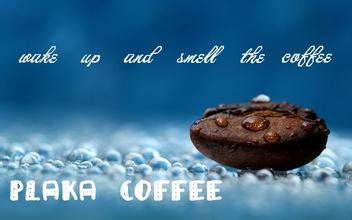
Manning hand flushing or siphon kettle stirring to grind the degree of grinding
Mantening hand or siphon pot mixing method to grind, so siphon pot is still the best choice for the pursuit of high-quality individual coffee, although its operation is complex, the heat, time, including the timing of mixing, and so on are extremely demanding, it is a wonderful thing to be able to personally extract a cup of coffee with its own characteristics through the siphon pot. Siphon coffee maker also has no ability.
- Next

Sunlight Ye Jia Xue Fei coffee flavor characteristics Ye Jia Xue Fei hand brewed coffee parameters grinding degree powder water ratio
The coffee trees of Yerkashefi were planted by monks in Europe and later by farmers or cooperatives. Yigacheffe is actually constructed by surrounding coffee communities or cooperatives, which generally include: Hafusa, Hama, Beloya Origin: Ninety + Ethiopia Yigacheffe(Yigacheffe) production area. Altitude: 17502
Related
- Detailed explanation of Jadeite planting Land in Panamanian Jadeite Manor introduction to the grading system of Jadeite competitive bidding, Red bid, Green bid and Rose Summer
- Story of Coffee planting in Brenka region of Costa Rica Stonehenge Manor anaerobic heavy honey treatment of flavor mouth
- What's on the barrel of Blue Mountain Coffee beans?
- Can American coffee also pull flowers? How to use hot American style to pull out a good-looking pattern?
- Can you make a cold extract with coffee beans? What is the right proportion for cold-extracted coffee formula?
- Indonesian PWN Gold Mandrine Coffee Origin Features Flavor How to Chong? Mandolin coffee is American.
- A brief introduction to the flavor characteristics of Brazilian yellow bourbon coffee beans
- What is the effect of different water quality on the flavor of cold-extracted coffee? What kind of water is best for brewing coffee?
- Why do you think of Rose Summer whenever you mention Panamanian coffee?
- Introduction to the characteristics of authentic blue mountain coffee bean producing areas? What is the CIB Coffee Authority in Jamaica?

